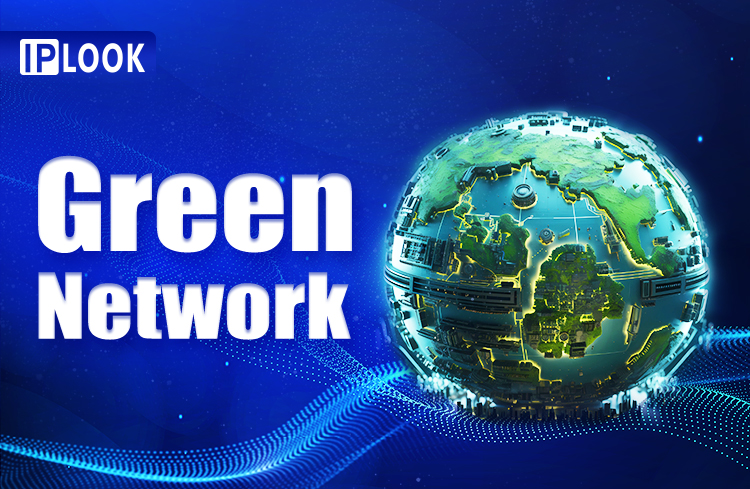
Green network is a concept in the communications industry that focuses on reducing the environmental impact of communication networks. It not only focuses on reducing energy consumption but also emphasizes the use of low-carbon technologies in the design, deployment, and management of communication networks to achieve environmentally friendly and sustainable network operations.
Three main trends are emerging in the development of Green Network:
· Architecture Simplification: This involves streamlining network design and leveraging technologies like Network Function Virtualization (NFV) and Software-Defined Networking (SDN). NFV virtualizes network functions, allowing them to run on standard hardware, while SDN separates the control plane (network intelligence) from the data plane (data forwarding). This simplifies network management, reduces hardware footprint, and lowers energy consumption.
· Intelligent Operations: Automation and AI are transforming network operations. AI-powered tools can monitor network performance in real-time, identify and predict potential issues, and dynamically adjust resource allocation. This proactive approach optimizes network efficiency, minimizes energy waste, and reduces the need for manual intervention.
· Low-Carbon Operations: This focuses on adopting energy-efficient technologies and practices. Examples include using energy-saving equipment, optimizing data center cooling systems, and implementing renewable energy sources like solar or wind power to power network infrastructure.
6G promises revolutionary advancements in speed, latency, and reliability, enabling a vast array of new applications like immersive experiences and mission-critical services. However, these advancements will require significant network capacity. Green technologies will be crucial in ensuring 6G networks are not only powerful but also sustainable. Here's how green network will play a vital role in 6G:
· Network Architecture Transformation: 6G networks will likely move beyond the traditional cellular architecture, potentially incorporating new technologies like High Altitude Platform Stations (HAPS) and unmanned aerial vehicles (UAVs) for aerial coverage. Green network principles will be essential in optimizing energy consumption across this diverse network infrastructure.
· Energy-Efficient Spectrum Utilization: Spectrum is a finite resource, and efficient utilization is critical for both network performance and energy consumption. Green network principles will guide the development of new spectrum management techniques to maximize network capacity while minimizing energy expenditure.
· End-to-End Sustainability: Green considerations will extend beyond the network core to user equipment (UE) design. Energy-efficient device features and sleep modes will be crucial for reducing the overall environmental impact of 6G.
By embracing green network principles, the communications industry can build a sustainable future for 6G. Companies like IPLOOK, a leading provider of core network solutions, are actively involved in developing innovative technologies and solutions to support the development of a more intelligent, efficient, and low-carbon 6G network.

